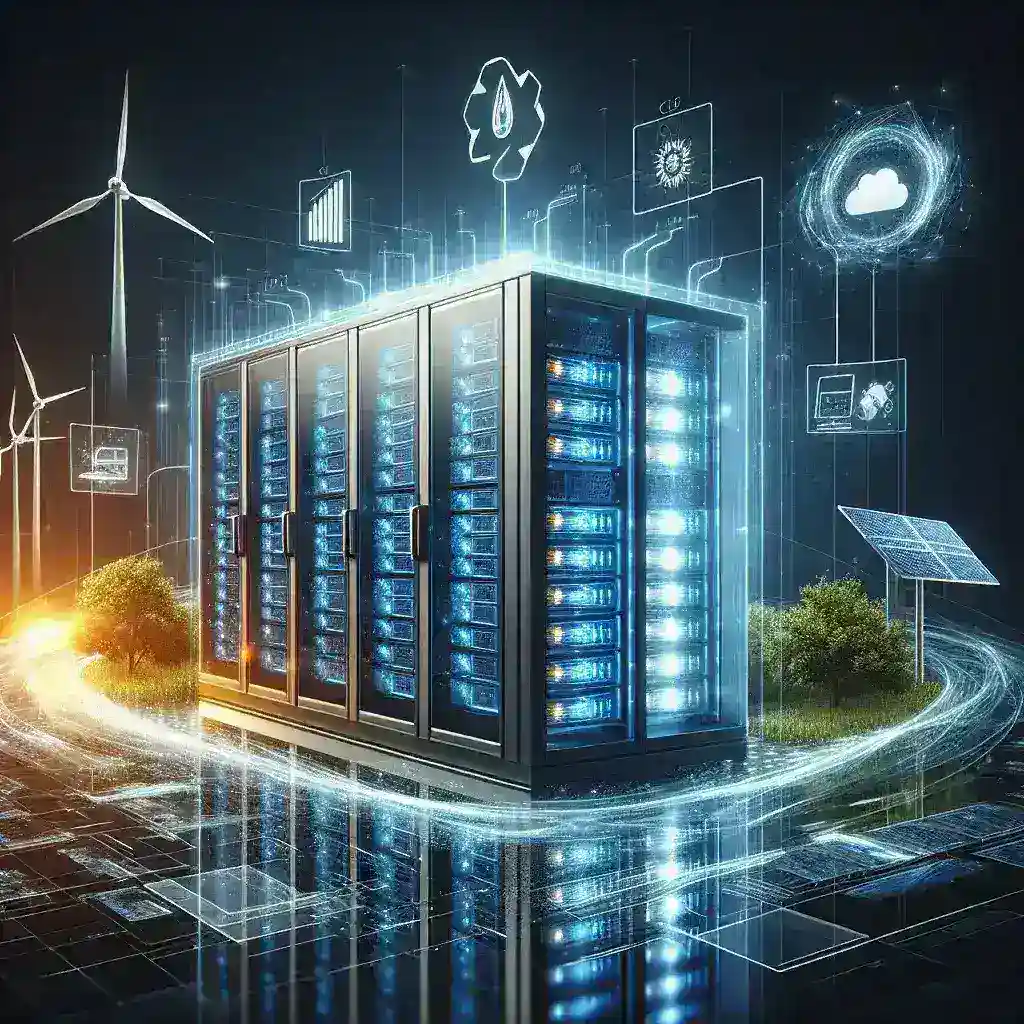How Energy Transparency in Data Centers Attracts Clients

Introduction
In today’s digital era, data centers are the backbone of global communications, housing critical information and powering countless applications. As businesses increasingly prioritize sustainability and operational efficiency, energy transparency has emerged as a key differentiator that attracts clients. Understanding how and why energy transparency resonates with potential customers is essential for data center providers aiming to enhance their offerings.
The Importance of Energy Transparency
Energy transparency refers to the clear, accessible reporting of energy usage, efficiency metrics, and sustainability practices within data centers. This clarity is vital for various stakeholders, including clients, investors, and regulatory bodies.
Building Trust
Clients are more likely to partner with data centers that openly share their energy consumption data and sustainability initiatives. Transparent energy reporting fosters trust and credibility, as it demonstrates a commitment to accountability and ethical business practices.
Enhancing Efficiency
Energy transparency allows clients to understand the operational efficiencies of a data center. By analyzing energy consumption patterns, clients can make informed decisions regarding their own energy needs and align with providers who prioritize energy-efficient practices.
How Energy Transparency Attracts Clients
Several factors contribute to how energy transparency attracts clients to data centers:
1. Sustainability Commitment
- Environmental Impact: Clients are increasingly concerned about their carbon footprint. Data centers that effectively communicate their sustainability efforts can appeal to eco-conscious businesses.
- Renewable Energy Use: Transparency about the use of renewable energy sources can significantly enhance a data center’s appeal, attracting clients who prioritize sustainable practices.
2. Cost Savings
- Efficiency Metrics: Clients benefit from energy-efficient data centers through reduced operational costs. By highlighting energy efficiency metrics, data centers can demonstrate potential savings to clients.
- Predictable Energy Costs: Transparent energy pricing can help clients forecast their expenses better, enabling them to budget effectively.
3. Regulatory Compliance
As government regulations on energy consumption become stricter, clients seek data centers that comply with these standards. Transparency in energy usage ensures potential clients that they are partnering with compliant facilities.
4. Competitive Advantage
In a crowded market, energy transparency can be a unique selling point. Data centers that prioritize and publicize their energy efficiency and sustainability are more likely to stand out to clients.
Real-World Examples
Numerous data centers have successfully leveraged energy transparency to attract clients:
Google has been at the forefront of promoting energy transparency. The company publicly shares its energy usage and has committed to operating on 100% renewable energy. This commitment not only positions Google as a leader in sustainability but also attracts clients looking for environmentally responsible partnerships.
Microsoft
Microsoft’s sustainability initiatives include disclosing its data center energy usage and carbon emissions. By presenting its goals and achievements openly, Microsoft has enhanced its reputation and attracted clients who value corporate responsibility.
Future Predictions for Energy Transparency
As technological advancements continue to evolve, the demand for energy transparency in data centers is likely to increase. Clients will expect not just energy usage statistics but also real-time monitoring and reporting capabilities. Here are a few predictions:
- Integration of AI and IoT: The integration of artificial intelligence and Internet of Things (IoT) technologies will enable data centers to provide more detailed and real-time insights into energy consumption.
- Standardization of Reporting: The industry may see the emergence of standardized metrics for energy transparency, making comparisons between data centers easier for clients.
- Enhanced Client Engagement: Clients may demand more interactive dashboards and tools that allow them to track energy usage and sustainability metrics dynamically.
Implementing Energy Transparency
For data centers looking to strengthen their energy transparency, several steps can be undertaken:
1. Establish Clear Metrics
Data centers should identify key performance indicators (KPIs) related to energy usage and sustainability. This may include Power Usage Effectiveness (PUE), Carbon Usage Effectiveness (CUE), and water usage metrics.
2. Regular Reporting
Implement a routine for reporting energy metrics to clients, whether through monthly updates or an annual sustainability report. Consistency in reporting reinforces trust.
3. Invest in Monitoring Technology
Utilizing advanced monitoring technologies will enable data centers to collect accurate energy data and present it in a user-friendly format. Real-time dashboards can enhance transparency.
Challenges to Energy Transparency
While energy transparency holds numerous benefits, data centers may face challenges:
1. Data Privacy
Sharing detailed energy data may raise privacy concerns. Data centers must balance transparency with the need to protect sensitive information.
2. Initial Costs
Investing in monitoring systems and reporting tools can be costly. However, the long-term benefits often outweigh the initial expenditures.
Conclusion
Energy transparency in data centers is not just a trend; it is a strategic imperative that can significantly impact client attraction and retention. By prioritizing transparency, data centers can build trust, enhance operational efficiency, and position themselves as leaders in sustainability. As the demand for greener and more accountable business practices grows, data centers must embrace energy transparency to meet the needs of their clients and thrive in a competitive marketplace.
